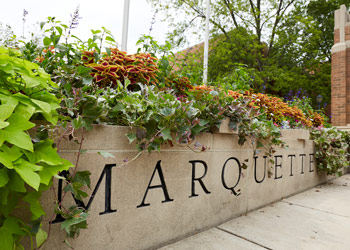While reflective, integrative papers are probably the most common demonstration of learning that faculty request of service learners, there are other equally effective means of evaluating learning: journaling, oral presentations, written or oral examinations, and products created for agencies such as videos, brochures, newsletters, reports, etc.
Service learning and journaling often go hand in hand, especially when the course is more theoretical than practical (e.g. a literature class vs. a writing class). Students’ journals should not be diaries, where they merely describe what they did and how they felt about it. They should be guided (perhaps by the academic questions) to reflect on the deeper issues and meanings behind what they see and do. Whether you grade the journals is up to you, but it’s a good idea to collect them at least once or twice before the end of the semester to make sure students are on the right track.
Over the past few years we’ve come to appreciate the value of oral presentations for service learners. They allow the other students in class to learn more about the community, whereas final papers usually only enlighten the professor. One professor at MU groups her service learners by issue or agency for their oral reports. That way, some basic facts (e.g. agency mission, history, clientèle) only have to be said once. Having to plan their presentation together is also a good experience for students. Additionally, giving presentations is a way for them to practice and develop their oral communication skills. As with other assignments, group presentations are more effective if structure is imposed. Presenters can be required to focus on, or at least include, material from the course, rather than merely describing their weekly experiences. Other groups of class members, especially traditional learners, can be assigned the task of devising questions for the presenters that will get at some deeper points for discussion.
